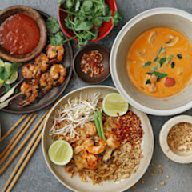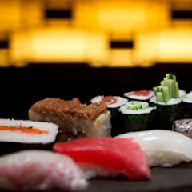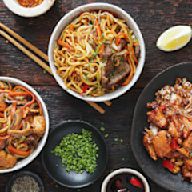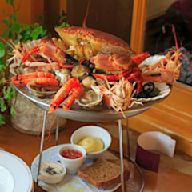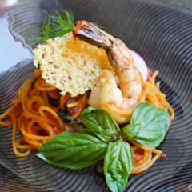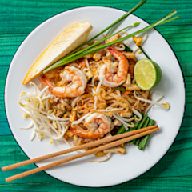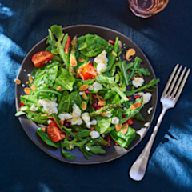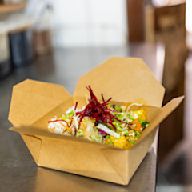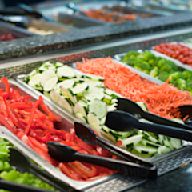Search results
Discover more placesNear Columbus, OH
Refine results for Japanese Restaurants
Related businesses
Japanese Food Cuisine - Yahoo Recipe Search
AllrecipesGrilled corn is coated in a savory mix of mayonnaise, sour cream, Mexican cheese, and dried fish flakes for a unique finger-food treat. If desired, you can sprinkle on other toppings, such as shrimp flakes, ground-up hot Cheetos®, or chili powder. Fun fusion food between Mexican and Japanese cuisines. Serve with cut lime halves.YummlyThis flavorful, fragrant curry is a hearty comfort food. It makes a great meal all year round, but it's particularly wonderful on chilly nights when you want to enjoy a hearty bowl of something steaming. Pork and vegetables make up the recipe's foundation, but the flavor is truly elevated by Asian-inspired flavors like red miso, fresh ginger, and curry. Serve it over sticky Japanese rice for a one-bowl meal, or accompany it with a fresh salad or pickled vegetables. ## Japanese Curry Roux This recipe calls for Japanese brick curry, which can typically be found at most grocery stores or specialty Asian grocery stores. It's very easy to use — simply add it to your dish for that delicious curry flavor. These bricks are available in a hot, medium, or mild options. ## Japanese Curry Vs Indian Or Thai Curry You may be curious to know how Japanese curry is different from Indian curry. This classic Japanese food is thicker and has a milder flavor than other types, and is often made with curry roux or a curry sauce mix, as mentioned above. Many Indian and Thai curries are made with coconut milk and curry powder and other spices, instead of a curry brick. Many Japanese curries occasionally incorporate other ingredients such as Worcestershire sauce, soy sauce, or tomato paste to deepen the flavor, but you can always opt to omit them, as this recipe suggests. ## Variations _Bread your pork:_ Breaded pork cutlets with curry sauce is very popular among Japanese cuisine. To try this option, coat your pork in panko breadcrumbs and fry it, before slathering in curry sauce and combining with the vegetables. _Serve over noodles instead of rice:_ If you don't like rice, you can top udon noodles, soba noodles, or rice noodles with your curry. Add a splash of soy sauce to for a bit of umami flavor to your bowl. _Use chicken breasts, steak or seafood instead of pork:_ Instead of pork, feel free to try a different type of protein, or even use vegetables like butternut squash or sweet potatoes. Just be sure to chop whatever protein or vegetables you use into bite-sized pieces. ## Make-Ahead Meal The total time to make this Japanese-style curry is less than an hour, making it easy to put together any night of the week. You can also choose to meal prep this dish over the weekend, and enjoy it all week long. The curry can be refrigerated for up to five days or frozen for up to three months.Food.comI recently started dabbling in Taiwanese cuisine and came across this recipe that is commonly made in Taiwan, comparable to the American spaghetti and meatballs made for children here in the States. It's considered a comfort food, served on either rice or Japanese somen noodles. It has a sweet taste to it so children like it, and you can make it with or without tofu. It is also traditionally served with sliced cucumber, but I have found that it doesn't make that much of a difference to the food. It is usually made with ground pork, but I avoid pork so I have only had it using turkey. I imagine it probably tastes just as good with ground beef as well. I will post my somen noodle sauce recipe soon, too - it tastes much better than plain somen noodles.








